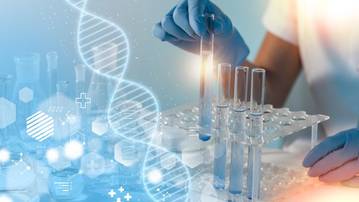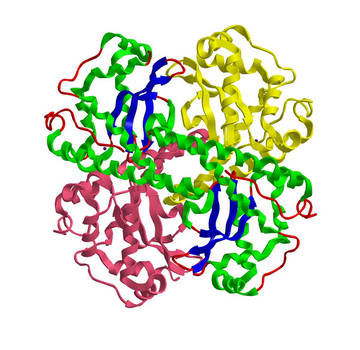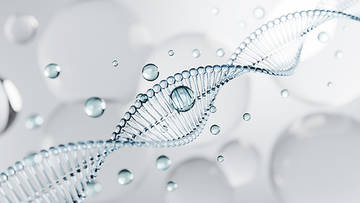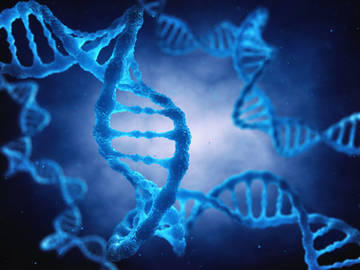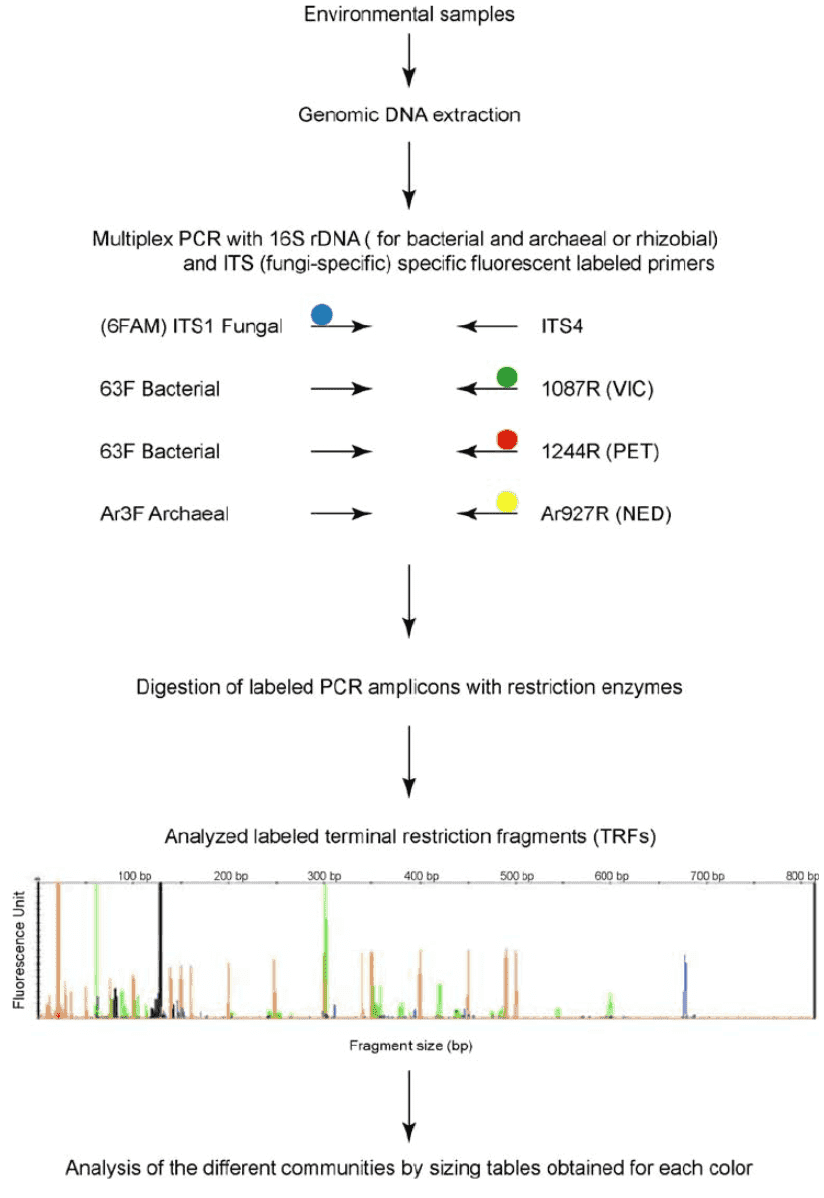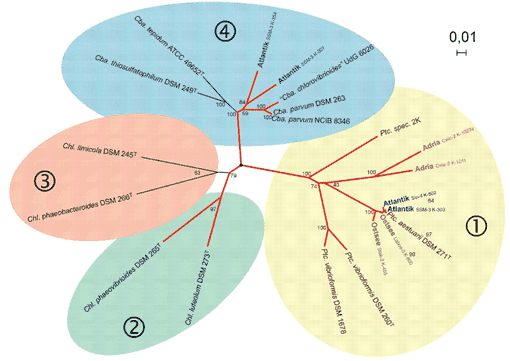Case Study
Case 1
In diverse systems, the rapid growth of genomic techniques has dramatically improved the knowledge of microbial communities. GeoChip is a complete functional gene array that is composed of 24,243 oligonucleotide probes which cover 10,000 genes in 150 functional groups associated with nitrogen, carbon, and sulfur cycling, metal compression and protection, and organic contaminant degradation. It was established in order to truly comprehend the diversity and functions of microbial diversity. The GeoChip for the investigation of biogeochemical, ecological, and environmental processes has been shown to be a high-throughput and formidable genomic technology. In order to fulfill the contaminant composition, GC/MS and column chromatography were utilized and GeoChip was used to classify the modifications in the microbial functional gene after ozonation and in subsequent biodegradation treatments with and without bioaugmentation.
Case 2
It is essential for bioremediation of oil-contaminated soils to recognize the microbial functional diversity and the factors influencing microbial functions. However, it is hard to evaluate microbial functional structures quickly and comprehensively using conventional approaches to molecular ecology. Therefore, large-scale sequencing and/or microarray-based metagenomics tools for high-throughput are required. A functional gene array, GeoChip is a powerful metagenomics technology for the functional structure of microbial community analysis. Several studies have shown that GeoChip is an ideal method for analyzing the functional structure of the microbial community in both natural and contaminated conditions.
Case 3
In determining the greenhouse gas feedback of tundra ecosystems to the climate, the microbial degradation of soil organic carbon (SOC) in defrosting Arctic permafrost is essential. The structural changes of the microbial community during SOC decomposition, however, are poorly known. The alterations were studied in anoxic microcosm incubation at −2 and 8 ° C for 122 days using frozen soils from Barrow, Alaska, USA. To assess the microbial diversity and the functional genes associated with SOC degradation, methanogenesis, and Fe(III) reduction, the functional gene array GeoChip was used.
References
- Yang Z, Yang S, Van Nostrand JD, et al. Microbial community and functional gene changes in Arctic tundra soils in a microcosm warming experiment. Frontiers in microbiology. 2017(8).
- Liang Y, Van Nostrand JD, Deng Y, et al. Functional gene diversity of soil microbial communities from five oil-contaminated fields in China. The ISME journal. 2011, 5(3).
- Liang Y, Van Nostrand JD, Wang J, et al. Microarray-based functional gene analysis of soil microbial communities during ozonation and biodegradation of crude oil. Chemosphere. 2009, 75(2).



